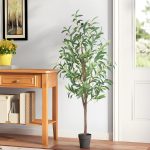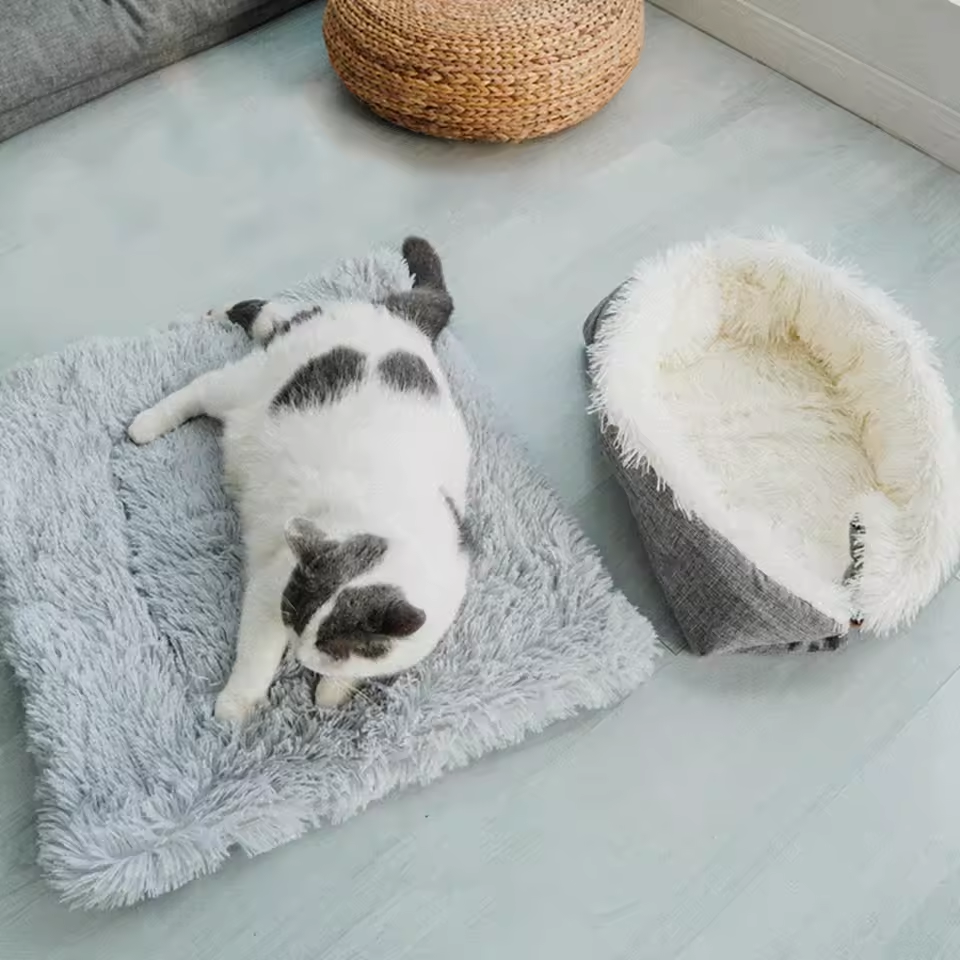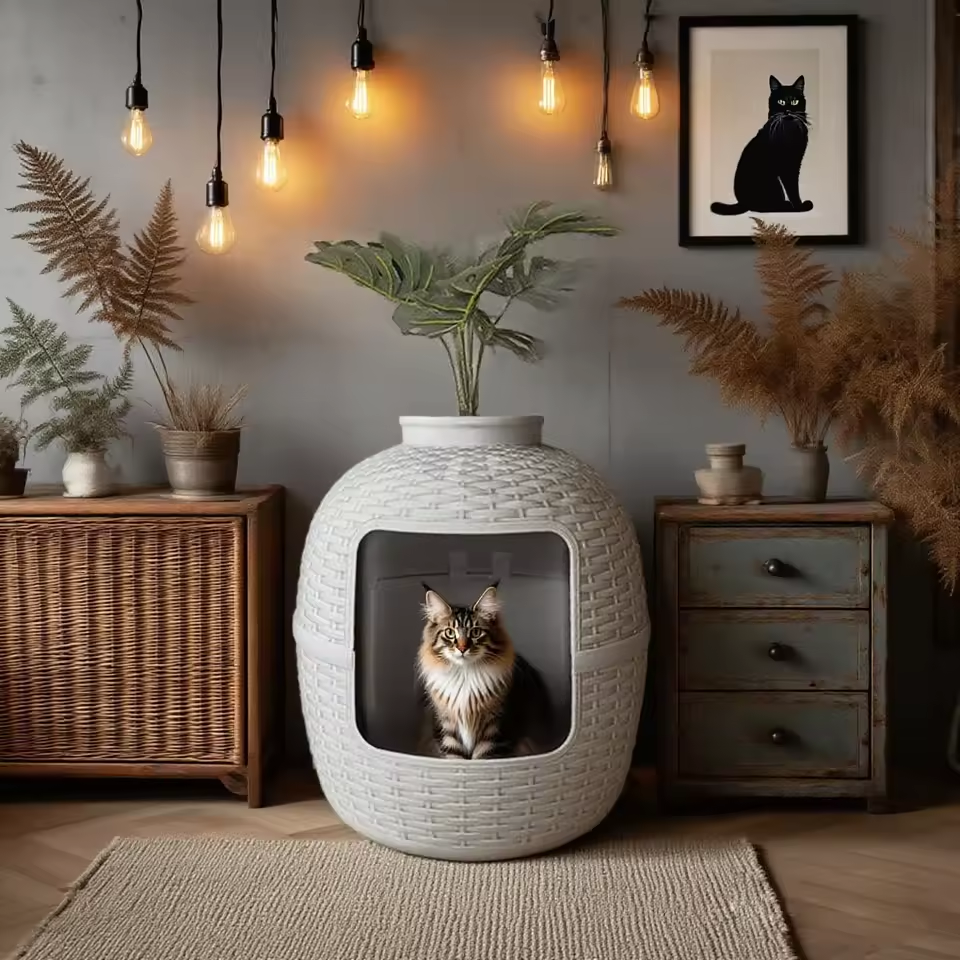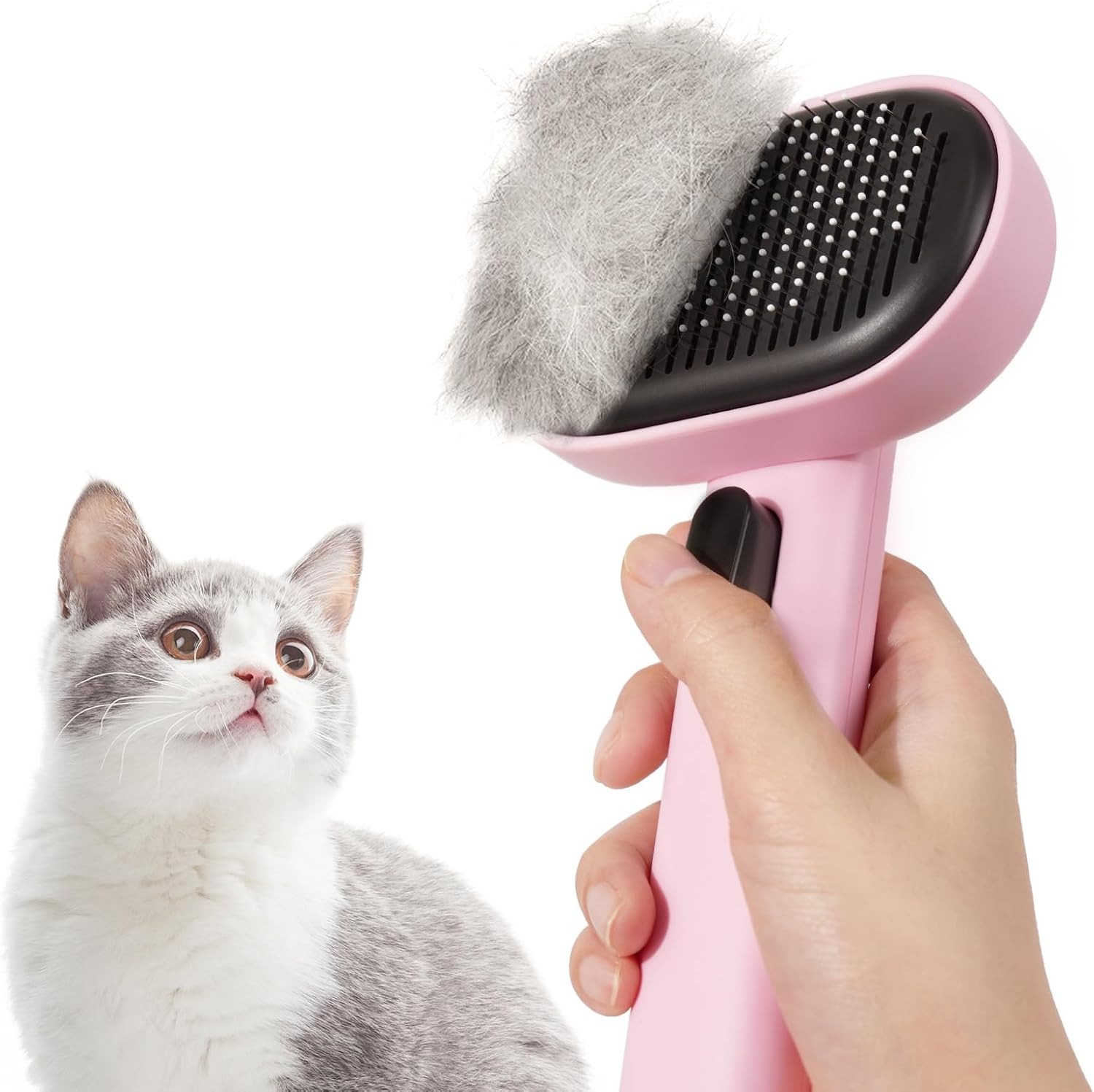Benefits of a Two Dog Kennel
A two dog kennel offers numerous advantages for pet owners with multiple dogs. This type of kennel provides a shared or divided space that contributes significantly to each dog’s comfort, safety, and overall well-being. Understanding these benefits helps owners make informed choices for their beloved pets.
Promoting Harmony Between Dogs
One of the primary benefits of a two dog kennel is its ability to promote harmony between dogs. A well-designed kennel can help minimize conflicts that may arise from sharing space. Separate sleeping areas ensure that each dog has its own designated space, reducing the likelihood of disputes over territory. This separation allows dogs to retreat to their own areas if they feel stressed or overwhelmed.
Shared play areas within the kennel also foster bonding between dogs. By offering a space to interact and engage in playful activities, these kennels encourage dogs to develop friendships and strengthen their relationships. Properly designed kennels create an environment where both dogs can coexist peacefully, enhancing their socialization skills and overall comfort with one another.
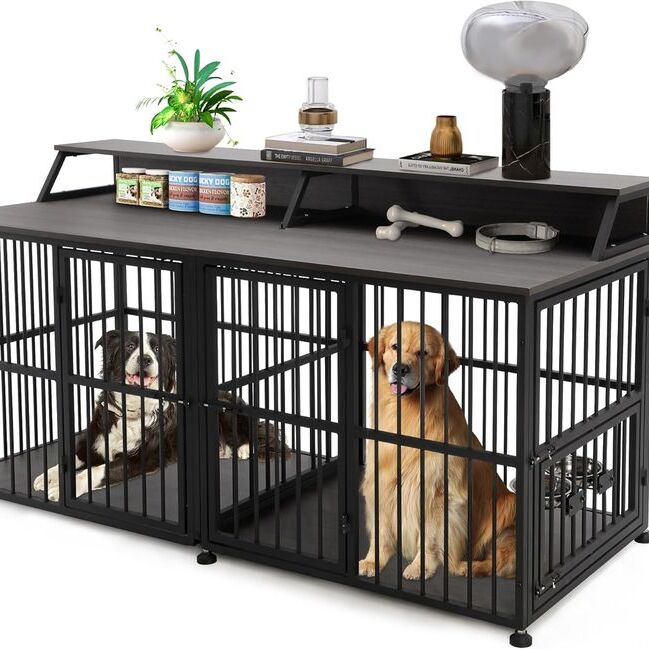
Optimizing Space for Multiple Pets
A two dog kennel maximizes the use of available space, making it an efficient choice for pet owners. Dividers within the kennel offer the flexibility to allocate specific areas for different activities, such as sleeping, eating, or playing. This versatility is especially beneficial for owners with limited square footage in their homes or yards.
Outdoor kennels make efficient use of yard space while freeing up indoor areas. By providing a confined area outdoors, owners can prevent dogs from wandering off or encountering potential hazards. Additionally, portable or compact designs save space in smaller living environments. Homeowners can maintain efficiency without compromising on their pets’ comfort and safety.
Enhancing Safety and Comfort
Safety is a fundamental consideration when it comes to housing pets. Kennels provide a secure environment for dogs, preventing them from wandering off or getting into unsafe situations. They offer protection from external threats and help avoid encounters with other animals or dangerous environments.
Weatherproof designs are also crucial. These kennels guard dogs against rain, wind, and heat, ensuring that they are comfortable and safe in various weather conditions. Features like proper insulation and ventilation create a pleasant environment year-round. Padded flooring and designated sleeping areas further enhance overall comfort, making a two dog kennel an excellent investment for both pet owners and their furry companions.
Key Considerations Before Building
Building a two dog kennel requires thoughtful planning to ensure it meets both your needs and those of your dogs. Proper preparation can save time, money, and effort while creating a safe, comfortable space for your pets.
Assessing Your Dogs’ Needs
Understand your dogs’ individual habits and preferences. Assess their size, breed, and activity levels. Determine whether they prefer shared or separate sleeping areas. This helps design the kennel appropriately to avoid stress and ensure comfort. Consider their personality traits, such as whether they get along with each other or need separate spaces to prevent conflicts. Including features like exercise space or enrichment items can further improve the kennel’s usability.
Determining the Right Location
Choose a location that is secure and convenient. If you use an outdoor space, ensure it’s free from hazards like sharp objects or plants that are toxic to dogs. Ensure the ground is level for stability. For indoor kennels, find a space that’s quiet and away from high foot traffic. Proximity to doors or easily accessible areas can simplify feeding, cleaning, and supervision. Remember, the location should balance practicality with your dogs’ safety and comfort.
Setting a Budget for the Project
Define a clear budget before starting. Factor in the cost of materials, tools, and labor if hiring assistance. Consider additional expenses for features like insulation, ventilation, or weatherproofing. Balancing quality with affordability is important; prioritize durable materials to minimize long-term maintenance costs. This ensures you build a two dog kennel that is both cost-effective and long-lasting.
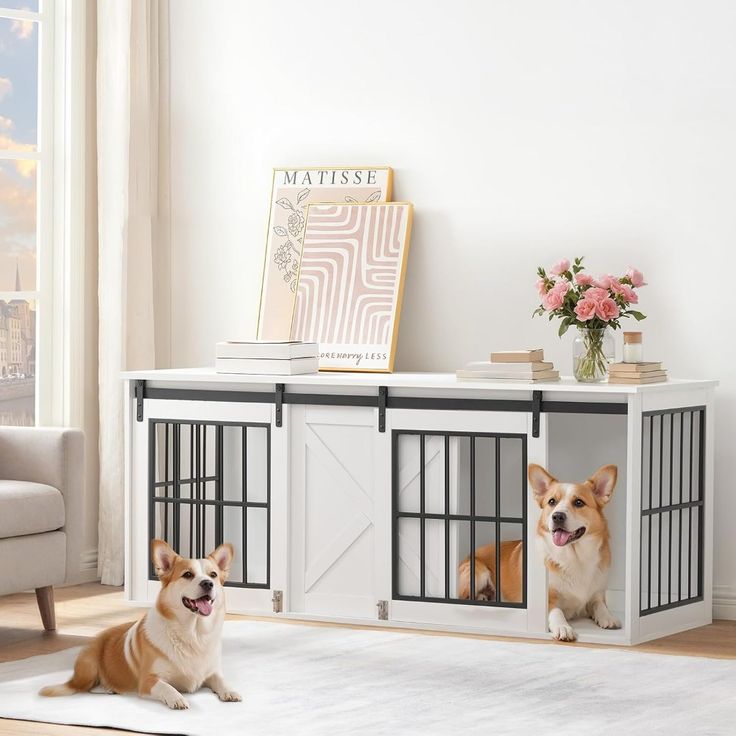
Types of Two Dog Kennels
Choosing the right type of two dog kennel is essential for meeting your pets’ needs. Kennels come in different styles, each with unique advantages. Understanding the options helps you decide what works best for your dogs and your space.
Indoor vs. Outdoor Kennels
Indoor kennels provide protection from weather and a cozy space for pets within your home. They are ideal for small spaces where outdoor options are limited. These kennels are easy to clean and allow closer monitoring of your pets.
Outdoor kennels offer freedom and fresh air for active dogs. They are better for larger breeds or households with spacious yards. Weatherproofing features are essential for outdoor kennels to ensure safety and comfort in various conditions.
Portable vs. Fixed Kennels
Portable kennels are lightweight and can be moved easily. They are perfect for travel or temporary setups. These kennels are often compact, ensuring convenience for on-the-go pet owners.
Fixed kennels are permanent structures and provide durability. They are sturdier than portable options and can include advanced features like insulation or drainage. Fixed kennels are ideal for owners seeking long-term solutions.
Single Unit vs. Divided Kennels
Single unit kennels create a shared space for both dogs to interact and bond. They work well for pets that get along comfortably.
Divided kennels provide separate spaces and prevent conflicts. They are suitable for dogs with distinct needs or preferences. Adding dividers ensures privacy while maintaining a safe environment.
Selecting the right type depends on your dogs’ behavior, the available space, and your lifestyle. Consider each design carefully to choose the best kennel for your pets.
Materials and Design Options
Making the right material and design choices ensures your two dog kennel is durable, safe, and comfortable. Thoughtful decisions here improve longevity and enhance your dogs’ overall experience.
Choosing Durable Materials
Select high-quality materials for your kennel to withstand wear and tear over time. Options like stainless steel or treated wood resist damage and are easy to maintain. For flooring, consider smooth concrete or composite materials that are tough and simple to clean. Avoid porous surfaces that can trap odors or bacteria. Durable materials reduce repair costs and extend the kennel’s lifespan, making the investment worthwhile.
Weatherproofing for Outdoor Kennels
Weatherproofing is essential for outdoor kennels to protect dogs from harsh conditions. Use roofing materials like metal or shingles to cover the structure. Add waterproof coatings or tarps to prevent rain from seeping inside. Elevate the floor to avoid flooding during heavy rains. Ensure materials can withstand temperature fluctuations for year-round use. Effective weatherproofing promotes safety, comfort, and health for outdoor pets.
Ventilation and Insulation Considerations
Proper ventilation keeps your kennel fresh and reduces humidity, ensuring better air quality for dogs. Install mesh windows or ventilation grilles to allow airflow while blocking pests. Insulation is key for maintaining comfortable temperatures in extreme weather. Use insulated walls and ceilings to keep the kennel warm in winter and cool in summer. Combine ventilation and insulation to create a balanced environment suitable for all seasons.
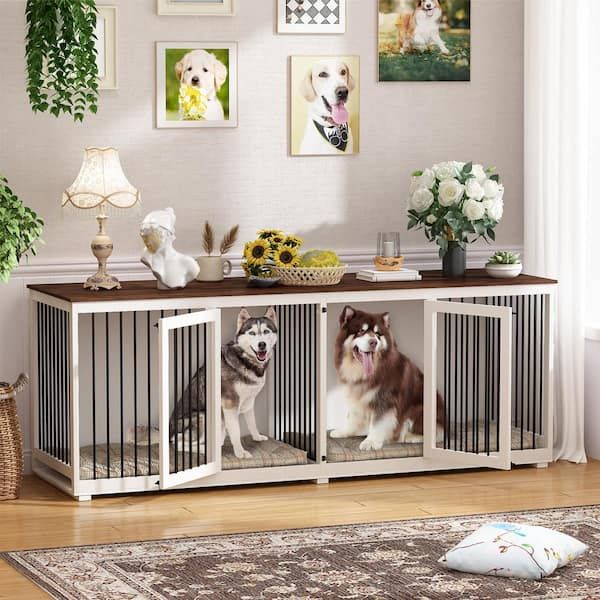
Step-by-Step Guide to Building a Dog Kennel
Creating a two dog kennel requires a clear plan and careful execution. By following this step-by-step guide, you can ensure that your kennel meets the needs of both dogs while providing a safe and comfortable environment.
Sketching Out Your Design
Begin by planning the dimensions of the kennel based on your dogs’ sizes and specific needs. Each dog deserves enough space to sleep, play, and eat comfortably. Ensure that your layout includes areas designated for these activities. Use graph paper or a design program to sketch a detailed layout that promotes easy access for cleaning and supervision. Additionally, decide whether the design will incorporate dividers to create separate spaces for each dog or an open layout for shared use. This decision will influence how the dogs interact within their new environment.
Gathering Tools and Materials
Next, gather the necessary materials and tools for construction. Choose durable materials such as treated wood or stainless steel for the structure to withstand the elements and regular wear. Weatherproofing items, insulation, and appropriate flooring materials should also be part of your supply list. Prepare essential tools, including saws, drills, screws, and measuring tape. Having everything ready before you start building will help you avoid delays and ensure a smoother construction process.
Constructing the Frame and Structure
Once you have your materials, start building the kennel frame according to your design. Ensure that the structure is stable and secure, providing enough support for the walls, roof, and base. Use strong materials to create a sturdy frame that can withstand daily wear and tear from the dogs. If the kennel will be placed outdoors, consider elevating the frame to protect it against water damage caused by rain or flooding.
Adding Dividers and Doors
If you decide that the dogs need separate spaces, install dividers within the kennel. Use hinges that allow for easy adjustment or removal if necessary. Adding durable doors with secure locks will provide safety for the dogs while allowing you to supervise access. Ensure that the doors open smoothly to facilitate convenience during feeding or cleaning sessions.
Ensuring Proper Flooring and Drainage
Finally, choose non-porous flooring options such as sealed concrete or composite materials. These choices make cleaning easier and prevent harmful bacteria buildup over time. If the kennel is outdoors, install proper drainage systems to avoid water accumulation after rain. Effective drainage enhances the overall comfort and cleanliness of the kennel environment, making it a welcoming space for both dogs. By following these steps, you can create a functional and safe two dog kennel tailored to your pets’ needs.
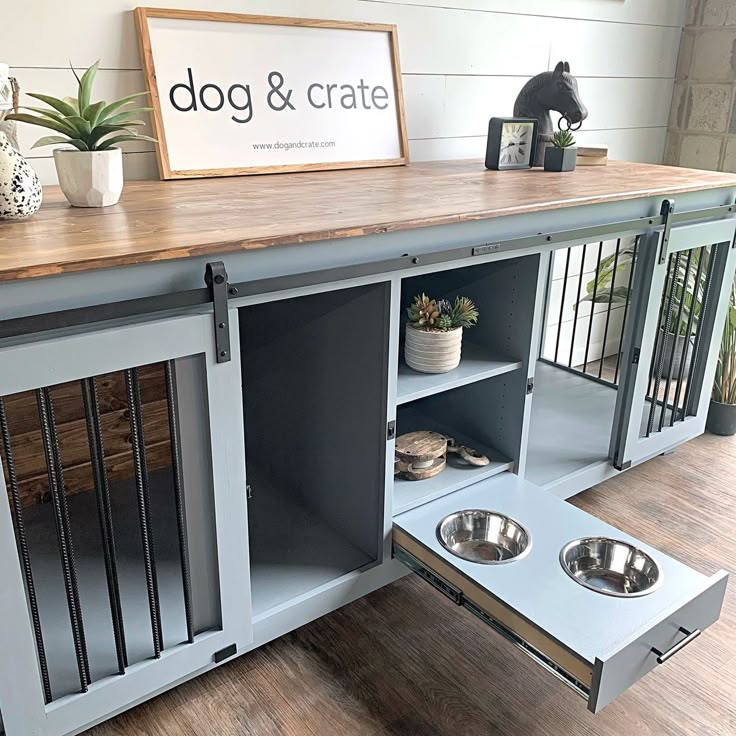
Features to Make Your Kennel Comfortable
Your two dog kennel should prioritize comfort. By integrating thoughtful features, you can create a cozy space that meets your dogs’ needs.
Beds and Sleeping Area
Provide comfortable beds for each dog. Use soft, washable bedding materials to ensure hygiene. Elevated beds keep dogs off the floor, reducing exposure to cold or damp surfaces. Consider adding blankets for extra warmth during colder seasons. Separate sleeping areas help maintain peace for dogs needing their own space.
Food and Water Stations
Set up dedicated feeding areas in the kennel. Use non-tip bowls to avoid spills. Stainless steel bowls are durable and easy to clean. Position the bowls in a shaded, easily accessible spot. Ensure fresh water is always available, especially during hotter months. Separate stations can prevent competition between the dogs.
Shade and Protection from Elements
For outdoor kennels, create shaded zones using roofs or tarpaulin coverings. Protect dogs from sun, rain, and wind by choosing weatherproof materials. Insulate the kennel to regulate temperatures in extreme seasons. Install windbreakers or attach removable panels against harsh weather conditions. Proper shading and protection ensure your dogs feel secure and comfortable year-round.
Toys and Enrichment Items
Add toys to keep your dogs entertained. Chew toys, balls, and puzzle feeders are excellent choices. Rotate toys periodically to maintain interest. Include activities like tug ropes or interactive games to keep them mentally stimulated. An enriched environment reduces boredom and promotes better well-being.
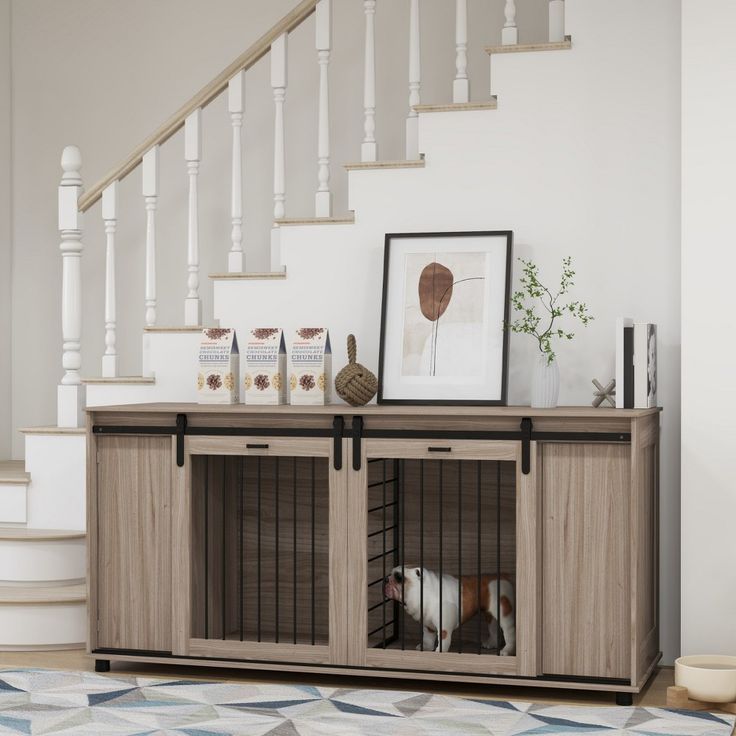
Maintenance and Upkeep of a Dog Kennel
A well-maintained two dog kennel ensures your pets’ safety, hygiene, and comfort. Regular care prevents damage and prolongs the kennel’s life. Here are essential maintenance tips to keep the kennel in optimal condition.
Regular Cleaning and Disinfection
- Daily Cleaning: Remove all waste and spilled food daily. This prevents odors and bacteria buildup.
- Disinfect Weekly: Use pet-safe disinfectants to clean surfaces thoroughly. Focus on high-touch areas like door latches.
- Wash Bedding Regularly: Clean all bedding and blankets weekly to remove dirt, fur, and allergens.
- Inspect Bowls: Clean the food and water bowls daily to prevent mold or bacterial growth.
Maintaining consistent cleanliness ensures a healthy environment for your dogs.
Inspecting for Wear and Tear
- Check Structural Integrity: Look for loose screws, chipped wood, or rusted metal. Fix issues immediately to prevent accidents.
- Inspect Doors and Dividers: Ensure doors and dividers function properly. Check locks for proper security.
- Assess Flooring: Repair cracks or damage to flooring to maintain comfort and hygiene.
- Examine Weatherproofing: Replace worn-out tarps, roofing, or insulation in outdoor kennels.
Frequent inspections help detect small problems before they escalate into costly repairs.
Seasonal Adjustments for Comfort
- Prepare for Winter: Add insulation, warm bedding, and windbreakers to protect against cold weather.
- Handle Summer Heat: Install fans, provide shade, and ensure fresh water is always available.
- Adapt to Rainy Seasons: Check drainage systems to prevent flooding. Use waterproof covers for added protection.
- Monitor Ventilation: Balance airflow to prevent overheating during summer or dampness during winter.
Adjusting the kennel according to seasonal needs keeps your dogs comfortable year-round.
By following these steps, you can create a safe and lasting haven for your dogs to enjoy.

